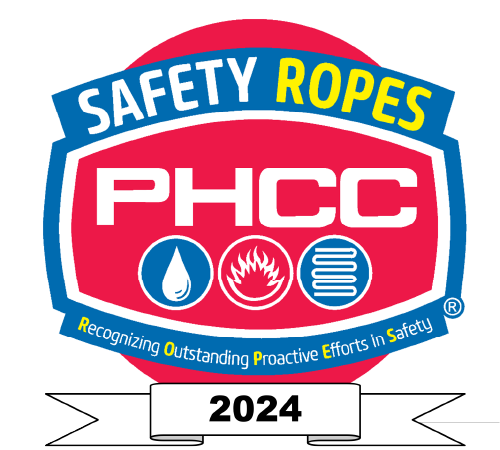Tankless vs. Storage Tank Water Heaters
Tankless vs. Storage Tank Water Heaters: Which One Fits Your Marietta Home? Choosing a new water heater isn’t just about picking the first unit on the shelf. The two main styles, tankless and storage tank, offer very different benefits. Below, we break down how each system works, where they shine, and how to decide which … [Read More]



